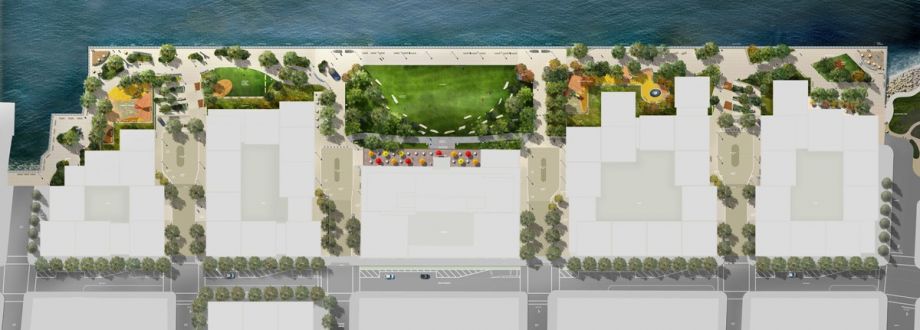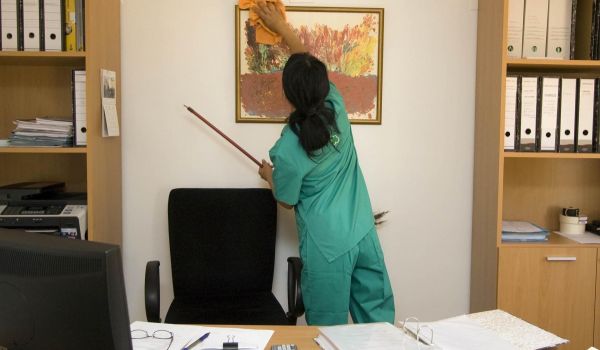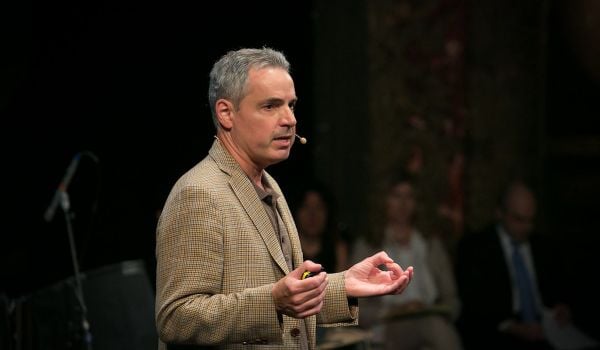In recent years, urbanists have developed a rough consensus about how to build cities, inspired by early 20th-century growth patterns: Plan for most new construction in areas a quarter to half-mile from transit stations, and ensure that neighborhoods are walkable and include a mix of uses. Because of the political and economic difficulties of implementing improved bus and rail transit, the latter two guidelines have been simpler to follow than the first.
This has resulted in the construction of a number of “New Urbanist” communities in the far suburbs that, while emphasizing walking through density and the inclusion of retail and office space adjacent to homes, are ultimately only accessible from elsewhere by car. It’s been easier to build communities that look like they should have good transit connections than to actually implement those transportation connections. There have been some notable exceptions, such as along the Rosslyn-Ballston corridor in Arlington, Virginia just outside Washington, where the construction of Metrorail led to the densification of a massive section of the community.
For the most part, big cities in the U.S. have been able to avoid this problem because they have been able to capitalize on existing transportation systems; the redevelopment and infill growth experienced over the past twenty years in many urban cores has in fact often been located near urban transit station sites. This has led not only to an increase in urban development in formerly underpopulated neighborhoods but also an increase in public transportation mode share in many center cities.
Yet three major developments recently approved in New York, Chicago, and San Francisco put in doubt how serious America’s big cities really are about encouraging new developments to be premised on access to alternative transportation. If these cities — already known for their density and walkability — can’t do it right, can anyone?
Most ambitious, and furthest away from completion, is Chicago’s South Works plan, which would begin construction in 2012 at the earliest. It was approved by the aldermanic council earlier this month. The hugely ambitious project, which would reuse the site of a former steel plant on Lake Michigan, takes up 400 acres, almost the same size as Chicago’s entire downtown Loop.
Though the project’s developers have yet to assemble adequate financing, they are confident that it will reshape the look of working-class South Chicago by bringing in thousands of new residents and jobs. Yet one must question how effectively it will be connected to either the nearby community or the city as a whole. Not only will parts of the neighborhood be more than a mile in walking distance from the closest commuter rail station, but a train ride from there takes a full thirty minutes to get downtown. Won’t most people living there choose to drive to work instead?
In New York City, redevelopers of an old Domino Sugar factory along the Williamsburg waterfront in Brooklyn want to bring 2,200 apartment units to a site that is almost a mile from the closest subway stations. The builders understand that this distance from transit will require most people to drive to do their daily tasks, and originally planned to include 1,700 parking spaces in the project, though they reduced that to 1,428 as part of a deal to get approval for the program. Yet the message is still clear: Even in a dense city like New York, if you build too far from transit, people will drive to and from their apartments.
It’s a similar situation in San Francisco, where the Hunters Point Shipyard redevelopment would take a forgotten section of one of the city’s only poor neighborhoods and transform it into a massive new community with 10,500 apartments, only about a third of which would be affordable. The complex may also include a new football station for the 49ers, depending on how the owner of the team decides to move ahead.
The developer, Lennar, has created a transportation plan that they say would ensure higher-than-average transit ridership in a city that already has some of the highest public transportation use in the nation. This seems desperately needed because the community is more than a mile from the nearest light rail station. The developer has committed to helping sponsor a bus rapid transit line to the light rail as well as the BART and Caltrain regional rail systems, in addition to a frequent express bus downtown. This is a reasonable answer to the difficulty of connecting people to transit, but it’s unclear how effective it will actually be.
Indeed, one wonders whether it would make more sense for cities to restrict major developments such as these to areas directly adjacent to public transportation. If a city like Chicago is interested in pushing the redevelopment of a forlorn area of town, that’s perfectly acceptable, but it should find ways to fund new transit lines to and from the development so as to ensure that the new community doesn’t simply become an enclave of automobile-dependent residents.

Yonah Freemark is a senior research associate in the Metropolitan Housing and Communities Policy Center at the Urban Institute, where he is the research director of the Land Use Lab at Urban. His research focuses on the intersection of land use, affordable housing, transportation, and governance.
















